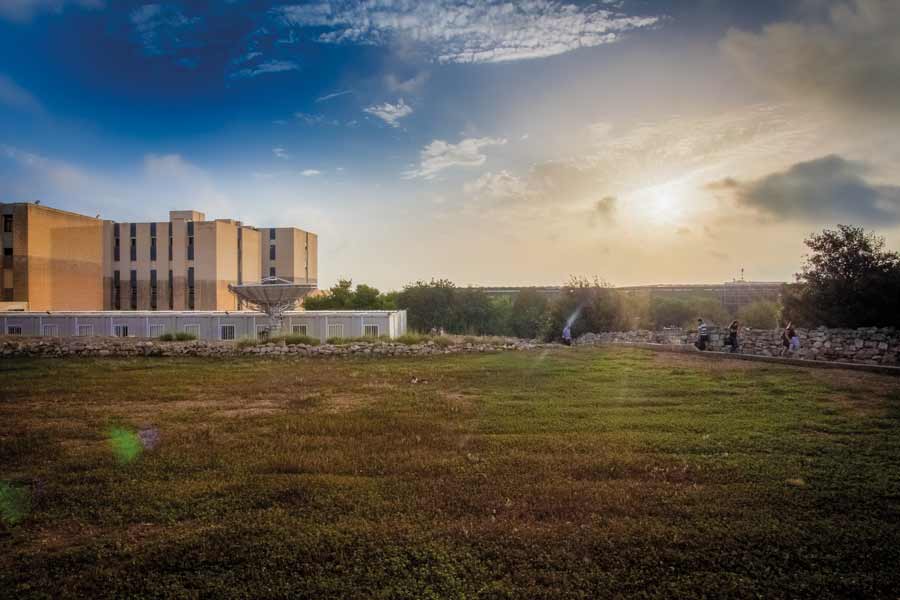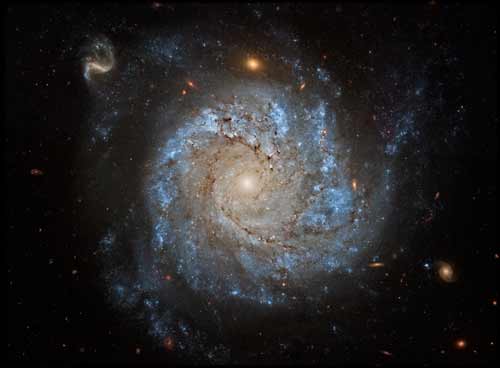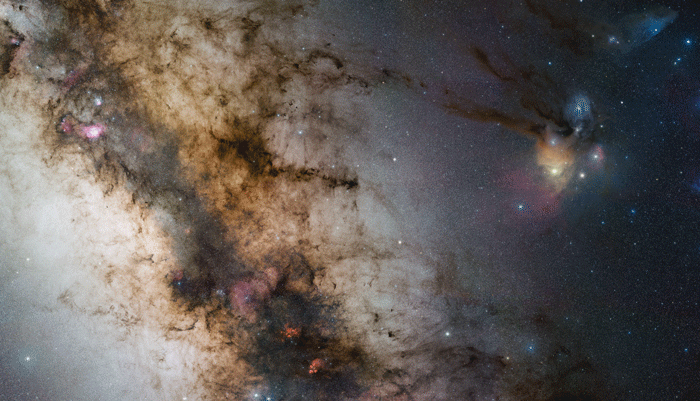Meet the research team
Prof. Ing. Edward Gatt & Dr Ing. Owen Casha – Faculty of ICT
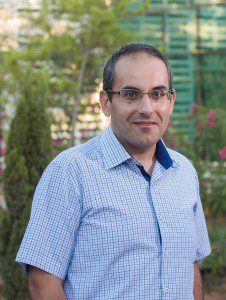
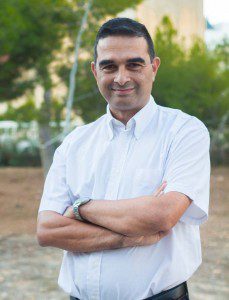 Physicist Dr Giacinto De Cataldo (Head of the HMPID detector) got in touch with Gatt and Casha to work on two microelectronics projects for CERN. Their first project was the O2 Project—a series of upgrades for the ALICE experiment. One of upgrades focuses on improving the Ring-Imaging Cherenkov detector (RICH), found in the HMPID detector, a device that identifies the type of electrically charged particles being emitted by the detector. The second project is the implementation of a Remotely Configurable L0 Trigger Fan-out Module for the ALICE Detector. It involves the clocking management of the ALICE detector with high precision. This research could also be used in consumer telecommunication systems, improving radio frequency circuits’ performance. Finally, Gatt is researching how to improve chip designs used to detect physical phenomena from particle collisions with the aim of making them more intelligent and power-efficient.
Physicist Dr Giacinto De Cataldo (Head of the HMPID detector) got in touch with Gatt and Casha to work on two microelectronics projects for CERN. Their first project was the O2 Project—a series of upgrades for the ALICE experiment. One of upgrades focuses on improving the Ring-Imaging Cherenkov detector (RICH), found in the HMPID detector, a device that identifies the type of electrically charged particles being emitted by the detector. The second project is the implementation of a Remotely Configurable L0 Trigger Fan-out Module for the ALICE Detector. It involves the clocking management of the ALICE detector with high precision. This research could also be used in consumer telecommunication systems, improving radio frequency circuits’ performance. Finally, Gatt is researching how to improve chip designs used to detect physical phenomena from particle collisions with the aim of making them more intelligent and power-efficient.
Kevin Napoli – Computing CERN Openlab Student
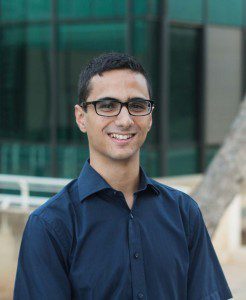 “My summer experience at CERN was remarkable. The sharing of knowledge among students and researchers was the highlight of the trip. During the openlab programme we attended lectures about security, machine learning, computer hardware, software optimisation and lots more, many of which are topics not covered at our home university. We also played a role in the ALICE experiment and I worked on my project alongside top notch computer scientists. Another positive aspect of the programme were the various trips to companies and universities in Switzerland. Being able to say that I have worked at CERN is something I will value throughout my career.”
“My summer experience at CERN was remarkable. The sharing of knowledge among students and researchers was the highlight of the trip. During the openlab programme we attended lectures about security, machine learning, computer hardware, software optimisation and lots more, many of which are topics not covered at our home university. We also played a role in the ALICE experiment and I worked on my project alongside top notch computer scientists. Another positive aspect of the programme were the various trips to companies and universities in Switzerland. Being able to say that I have worked at CERN is something I will value throughout my career.”
Julia Vella – Physics CERN Summer Student
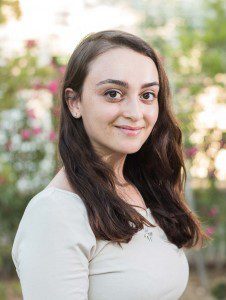 ʻThe months spent at CERN for the summer student internship programme were not only an invaluable experience, but also an insight to future potential careers for my colleagues and I. Based within the HMPID detector of the ALICE experiment, we had a six-week lecture program focused on the fundamental properties of nature. The bulk of the work we were involved in centred on implementing programming languages to process raw data from collisions into useful knowledge. Geneva provided a change of pace for us that was conducive to both hard work and extra curricular activities. Travelling across borders, visiting main projects and control centres at CERN, while also socialising with students from all over the globe, made it an all-encompassing experience not easily matched.ʼ
ʻThe months spent at CERN for the summer student internship programme were not only an invaluable experience, but also an insight to future potential careers for my colleagues and I. Based within the HMPID detector of the ALICE experiment, we had a six-week lecture program focused on the fundamental properties of nature. The bulk of the work we were involved in centred on implementing programming languages to process raw data from collisions into useful knowledge. Geneva provided a change of pace for us that was conducive to both hard work and extra curricular activities. Travelling across borders, visiting main projects and control centres at CERN, while also socialising with students from all over the globe, made it an all-encompassing experience not easily matched.ʼ
Josef Magri – M.Sc. Student
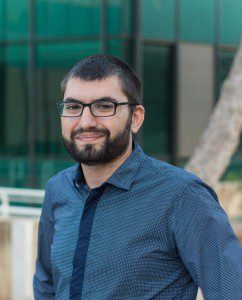 The HMPID takes snapshots of the faint patterns generated by the high-energy collisions, passing this information through the RICH electronics module which cleans and transforms it for analysis. Magri is working to optimise the electronic circuits and control boards to improve how data is handled. So far, he has manipulated computer processes to create parallelism, allowing for processes that previously happened one after the other to occur simultaneously. He also used high-throughput interconnects, which, when coupled with parallelism, are expected to increase data collection tenfold. Magri’s work will be combined with that of other researchers and integrated by 2020 in order to improve the detector’s accuracy, potentially revealing building blocks of matter that might have yet to be seen.
The HMPID takes snapshots of the faint patterns generated by the high-energy collisions, passing this information through the RICH electronics module which cleans and transforms it for analysis. Magri is working to optimise the electronic circuits and control boards to improve how data is handled. So far, he has manipulated computer processes to create parallelism, allowing for processes that previously happened one after the other to occur simultaneously. He also used high-throughput interconnects, which, when coupled with parallelism, are expected to increase data collection tenfold. Magri’s work will be combined with that of other researchers and integrated by 2020 in order to improve the detector’s accuracy, potentially revealing building blocks of matter that might have yet to be seen.
Clive Seguna – Ph.D. student
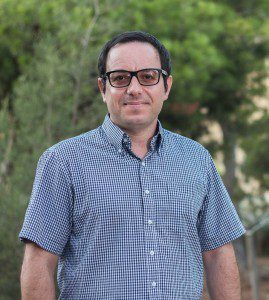 Working in close collaboration with Magri, Seguna is developing novel electronic circuitry for the CPV and HMPID detectors, that will boost the speed at which collisions are read, going from 4 kHz to 50 kHz, the speed at which the beams interact: true real time. Seguna’s research will be taken on at CERN between 2020–2023.
Working in close collaboration with Magri, Seguna is developing novel electronic circuitry for the CPV and HMPID detectors, that will boost the speed at which collisions are read, going from 4 kHz to 50 kHz, the speed at which the beams interact: true real time. Seguna’s research will be taken on at CERN between 2020–2023.
Initiating Alice
A magnificent feat of engineering, the LHC goes where no other machine has gone before.
Continue readingFurther down the rabbit hole
The European Organisation for Nuclear Research—CERN—is synonymous with the world’s brightest minds, cutting-edge research and groundbreaking discoveries. Lars Lorenz interviews Dr Kevin Vella (Faculty of ICT) about the University of Malta’s involvement at CERN and its game-changing tech contribution to the ALICE experiment.
Radio Telescope
Malta now has a radio telescope. This is a great step forward for the University of Malta as it helps speed up research.
The Department of Physics, Faculty of Science and the Institute of Space Sciences & Astronomy (ISSA; both at the University of Malta) have just acquired a 5.3m dual-reflector parabolic dish, as part of a European Regional Development Fund (ERDF) project to extend postgraduate research lab facilities. The radio telescope will now allow students and researchers to study celestial objects such as the sun or the centre of the galaxy through the radio waves they emit.
| Quick Specs |
| Dish diameter: 5.3m
Feed horns: L-Band and K-band Gain: 44 dBi @ 4GHz Observing modes: Continuum and line observation Total weight (including pedestal): 1900 kg Surface accuracy: 0.5mm PC-based automated control unit |
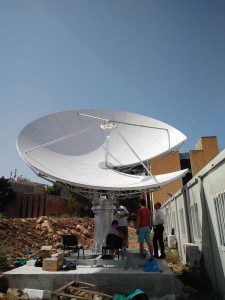
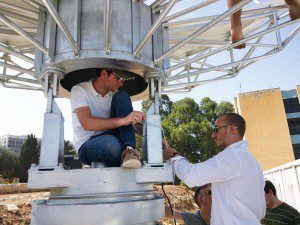 When pointed to a radio-loud celestial object (an object which emits large amounts of radio waves, such as the sun), the telescope will receive radio waves from these sources and convert them to voltage readings in the feed. The converted signal is then transmitted to a digitiser that converts these signals into bits and bytes.
When pointed to a radio-loud celestial object (an object which emits large amounts of radio waves, such as the sun), the telescope will receive radio waves from these sources and convert them to voltage readings in the feed. The converted signal is then transmitted to a digitiser that converts these signals into bits and bytes.
The digitised signals are then processed and broken down into the different frequency counterparts (similar to what a car radio does with the radio waves it receives from its antenna), which allows for continuum observation of the skies above. The telescope provides a test-bed for several research initiatives being undertaken at ISSA.
Some of its specialisations include improving the hardware and software processing back-ends for radio telescopes. The on-site telescope can speed up this sort of research immensely. ISSA is part of the largest radio telescope project in the world: the SKA (Square Kilometre Array).
Galactic rotation dynamics in modified gravity
In the last 100 years, Einstein’s theory of general relativity has proven invaluable to explain the nature of the universe. That being said, Einstein’s model of gravity does at times fail to comply with what we actually observe when looking up at the night sky.
Galaxies offer one of the most impressive laboratories where general relativity just does not work. Stellar objects in galaxies tend to orbit the galactic centre of mass. General relativity predicts that as one goes further from the centre of the galaxy, these orbital speeds drop off. Observational data shows that these velocities tend to stay constant along the radius of a galaxy. However, dark matter can be artificially introduced to account for this. The other argument is that such failures indicate the inability of general relativity to fully explain how the universe works. If this is so, it seems necessary to construct what are called alternative or modified theories of gravity. Such theories would have to be capable of correctly explaining all observed phenomena including those that general relativity fails to produce.
Andrew Finch (supervised by Dr Jackson Levi Said) is looking into the new concept of treating gravity as a torsional dominated system instead of a curvature dominated one, which is the concept explained by general relativity. The new models are being developed with the intention of agreeing with galactic rotation curves while managing to explain everything that general relativity already does. It is only possible to vigorously test such models because of the large amount of freely available data which has been gathered on galaxies. As models are obtained, the cluster in the ISSA (Institute of Space Science and Astronomy) laboratory is being used in order to determine model parameters. Using this data, Finch aims to compare Einstein’s theory with the new model being developed. Will it improve on Einstein’s ideas? Only Finch will tell…
This research is being performed as part of a Masters Degree in Astrophysics being read at the Institute of Space Sciences and Astronomy, University of Malta.
Andrew Finch
Rockets that Fail Safely
Spacecraft failures are spectacular. These unfortunate events are seared into the public memory. One reason why rockets can fail are software bugs. If a rocket’s computer system fails, that infamous blue screen leads to lost work hours, billions of Euro, and lives. Researchers from the Faculty of ICT and Faculty of Engineering (University of Malta) tell THINK about their collaboration with the European Space Agency (ESA) to test novel satellite software architecture to prevent rocket failure.
Light up my Universe
What is the universe made of? How was it formed? How old is it? Will things stay the same forever?
The night sky is shedding its secrets as Ian Fenech Conti (Institute of Space Science and Astronomy) talks about his work measuring the most elusive matter in the universe.Continue reading
Space: the final frontier for Malta
Think meets up with Dr Kris Zarb Adami to have a chat about Malta’s space opportunities. His research covers subjects from searching for extraterrestrial life to new theories of gravity.
How can a small country like Malta have a role in Space?
As an EU member Malta can continue strengthening our existing cooperation agreement with the European Space Agency to full membership. This will automatically give us access to all its projects. By participating in these projects, we will be able to leverage so that research and development for future space missions is carried out in Malta. In Malta we are already contributing to a European Space project, namely EUCLID. This satellite is due to be launched in 2017 and will be the successor to the Hubble Space Telescope. Researchers at the Department of Physics are developing image-processing algorithms that can accurately measure the shapes of the Universe’s furthest galaxies and its expansion.
Moreover, they also collaborate with the University of Bologna to monitor ‘space debris’ and near earth-objects. This is important to ensure the successful navigation of satellites to prevent accidental collisions, which cost millions of euros. Collisions are not as rare as we might think.
What are the benefits of Space research for Malta?
From the invention of disposable diapers to the development of laptops and satellite TV, space research has traditionally been a very strong contributor to everyday technology. For Malta space research can help us monitor our climate and atmospheric pollution, while providing an early warning system for tidal waves.
Conducting space research locally would bring us to the forefront of technology: ranging from biotechnology and long-lasting foods for space journeys, to the development of faster and more sensitive communication systems capable of receiving signals from deep space. Malta has just been awarded ERDF funding for new laboratory facilities at University and will contribute significantly to the future of the European Space Programme. In return, Malta will be able to leverage significant funds from this programme and also funds designated to commercialising the technologies. We need more support to get involved in more projects and attract funds to Malta.
What is the future of Space Research?
The next step lies in the development of space vehicles capable of running commercially feasible missions, such as turning the space shuttle into a commercial ‘airliner’ business. Such programmes are beginning to emerge in the US, but Europe lags far behind. Commercial spaceflights will certainly play an important role in future space research. Apart from research into transportation, researchers are trying to figure out how to live on a planet besides our own. How can future generations be able to create food products and live in space?
In Malta I would like University and the whole country to become more involved in space technology and biotech. We could also contribute to landing and docking systems for satellites and shuttles, plus space-traffic control through the University’s expertise in the Engineering Faculty.
Is there anything to lose?
The danger with taking on some new research area is that funding from other streams is spread too thinly. However, if we can manage to leverage extra funding from large Europe-wide space programmes we will be able to launch Malta’s name into space!

